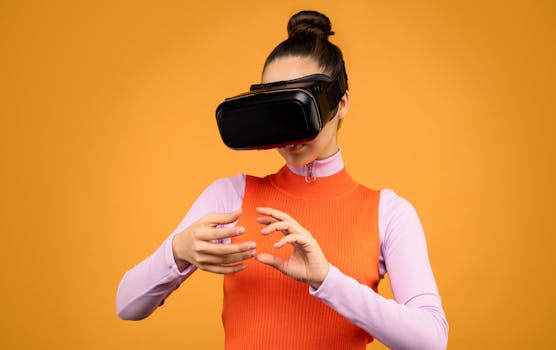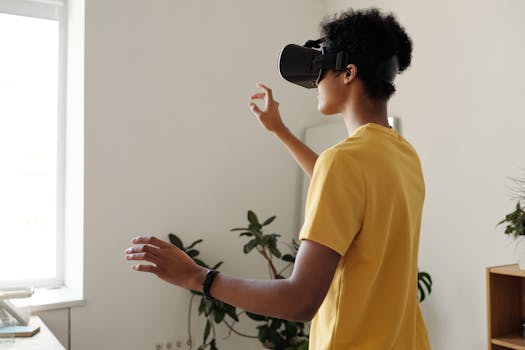
Exploring the Metaverse: Gadgets That Will Shape Our Virtual Lives in 2025
Exploring the Metaverse: Gadgets That Will Shape Our Virtual Lives in 2025 is an exciting topic that has been gaining traction in recent years. The metaverse, a term coined by science fiction author Neal Stephenson, refers to a virtual world that is immersive, interactive, and interconnected. As we move into 2025, it’s clear that the metaverse is no longer just a concept, but a reality that is rapidly taking shape.
Introduction to the Metaverse

The metaverse is a virtual world that allows users to create their own avatars, interact with other users, and engage in a variety of activities, from socializing and entertainment to education and commerce. The metaverse is built on a combination of technologies, including virtual reality (VR), augmented reality (AR), and the Internet of Things (IoT). These technologies work together to create a seamless and immersive experience that blurs the lines between the physical and virtual worlds.
Gadgets That Will Shape Our Virtual Lives

As the metaverse continues to evolve, we can expect to see a wide range of gadgets that will shape our virtual lives. Some of the most exciting gadgets include:
- VR Headsets: VR headsets are a crucial component of the metaverse, providing users with an immersive and interactive experience. Companies like Oculus and HTC are leading the charge in this area, with high-end headsets that offer advanced features like motion tracking and spatial audio.
- Haptic Suits: Haptic suits are wearable devices that allow users to feel tactile sensations in the metaverse. These suits use a combination of sensors and actuators to simulate the sensation of touch, allowing users to interact with virtual objects in a more realistic way.
- Smart Glasses: Smart glasses are a type of AR device that overlays digital information onto the real world. These glasses can be used to access information, communicate with others, and even control devices in the metaverse.
- Brain-Computer Interfaces: Brain-computer interfaces (BCIs) are devices that allow users to control the metaverse with their minds. These devices use electroencephalography (EEG) or other technologies to read brain signals, allowing users to interact with virtual objects and environments in a more intuitive way.
Applications of the Metaverse

The metaverse has a wide range of applications, from entertainment and education to commerce and healthcare. Some of the most exciting applications include:
- Virtual Travel: The metaverse allows users to travel to virtual destinations, from exotic islands to historic cities. This can be a great way to experience different cultures and environments without the need for physical travel.
- Virtual Events: The metaverse can be used to host virtual events, from concerts and conferences to weddings and parties. These events can be attended by people from all over the world, without the need for physical travel.
- Virtual Education: The metaverse can be used to create immersive and interactive educational experiences, from virtual labs to virtual field trips. This can be a great way to engage students and improve learning outcomes.
- Virtual Healthcare: The metaverse can be used to provide virtual healthcare services, from telemedicine to virtual therapy sessions. This can be a great way to increase access to healthcare services, especially for people in remote or underserved areas.
Conclusion

In conclusion, the metaverse is a virtual world that is rapidly taking shape, with a wide range of gadgets and applications that will shape our virtual lives in 2025. From VR headsets and haptic suits to smart glasses and brain-computer interfaces, the metaverse is an exciting and rapidly evolving field that has the potential to transform the way we live, work, and interact with each other.




